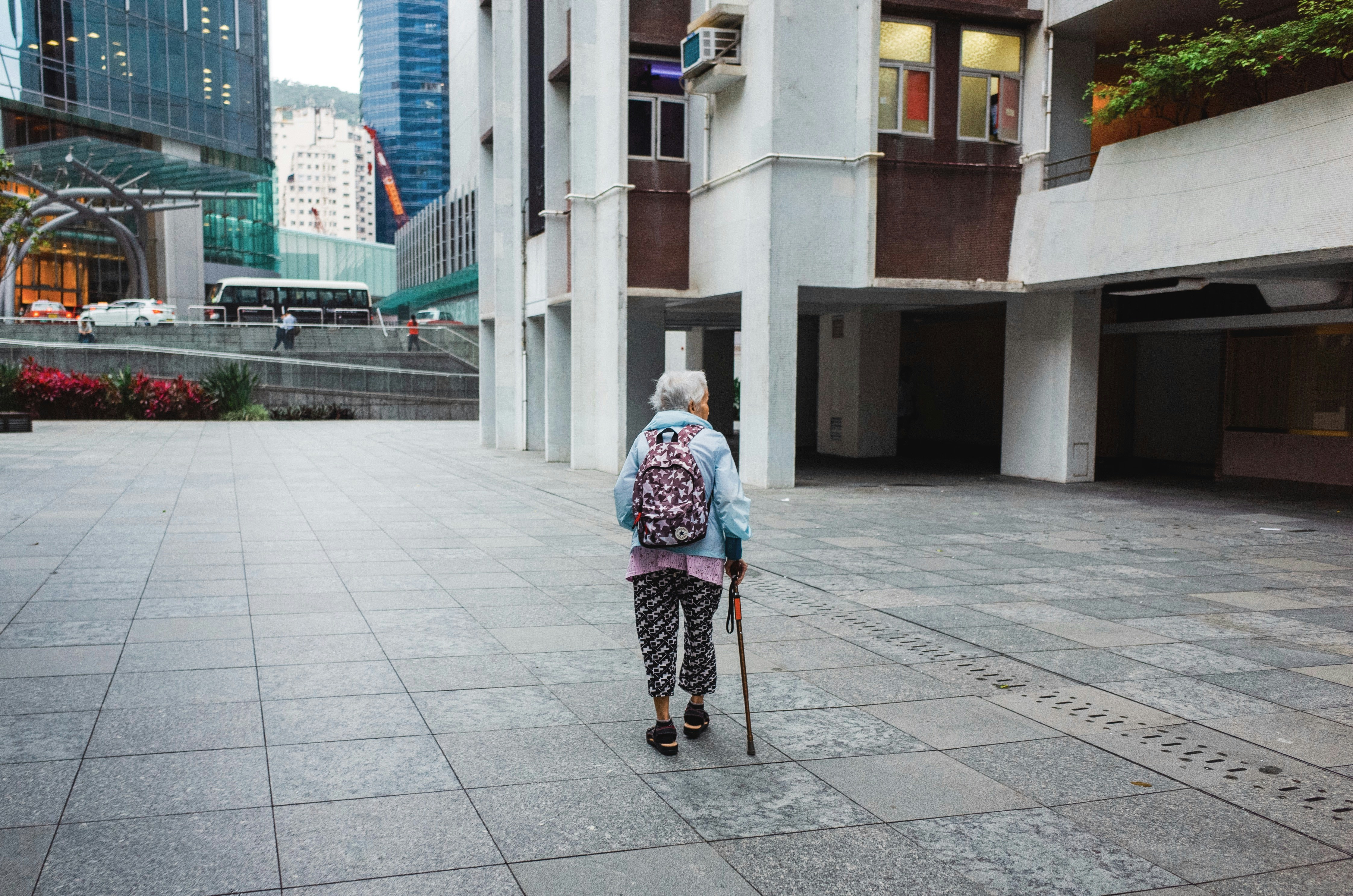Reducing Fall Risk in Those Living with Dementia
For the senior population, taking precautions to prevent falls is pertinent in maintaining health and independence. More than one out of four older adults age 65 or greater experience a fall each year. For those living with a dementia, this risk is increased. Challenges such as decreased safety awareness, visual-spatial deficits, balance issues, and muscle weakness are just some of the reasons behind this heightened risk. Below are some strategies you may incorporate at home to help prevent a fall for your family member or friend living with a dementia.
- Fear of falling can lead to an individual becoming more sedentary, although they may not be able to verbalize this fear. Try to encourage supervised activities and exercise as tolerated in order to maintain their level of independent mobility. Maintaining strength and endurance will aid in preventing falls.
- Because of a decreased ability to judge the safety of certain situations, be sure to hide any “hazards” that may be within sight. These include electrical cords in a walkway, cleaning supplies left out, or medications on a counter.
- People with dementia can have proprioceptive issues, or difficulties in knowing where their body is in space and this will affect balance. An individual may have a difficult time walking from one type of flooring in the home to another (i.e. carpet to tile floor). Rugs can also be easily tripped over by an individual who tends to “shuffle” when they walk versus clearing the floor and step up with their feet.
- If the person uses an assistive device for balance, simple verbal or visual reminders (placing the walker in front of them or gently prompting them to pick it up) are helpful for when they stand and are ready to walk.
- Some medications for dementia can predispose individuals to falls with side effects such as dizziness or drowsiness. Individuals may see several physicians and it can make organizing prescriptions more complicated. Make a point to sit down and go over each medication with his/her doctors to ensure they are taking only what they need and the least risky medications possible.
- The home can modify to improve overall safety. Installation of grab bars, raised toilet seats, and shower chairs are a few modifications that can be brought into the home to make it a safer environment.
- Not all individuals have the same challenges. Come up with the strategies that work for your family and make your own individualized plan for success and safety at home.
If you would like more information on our Memory Ministry or Memory Café please contact Vicky at vpitner@firstumc.org


